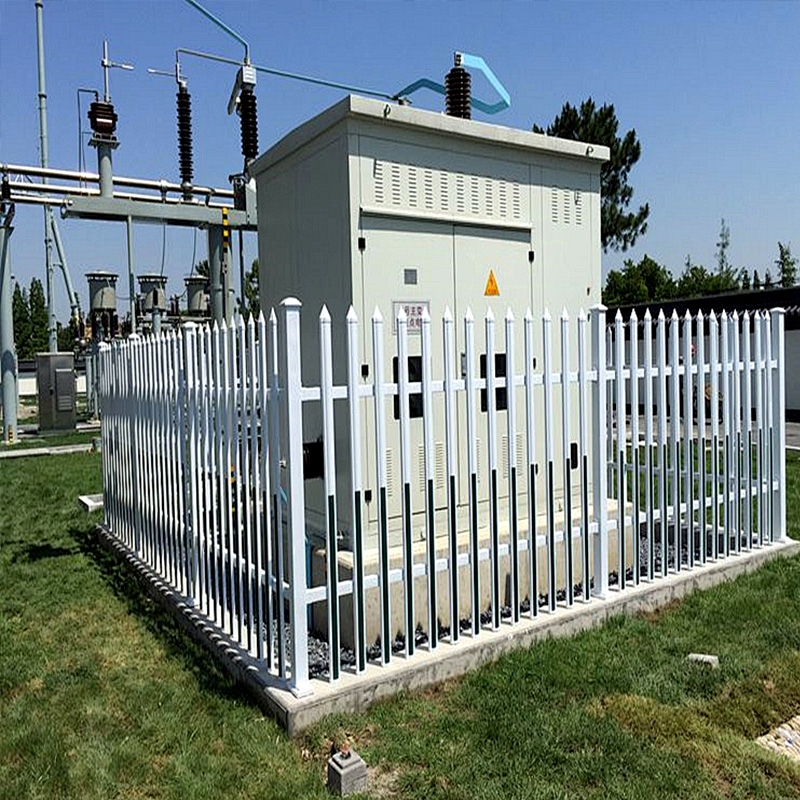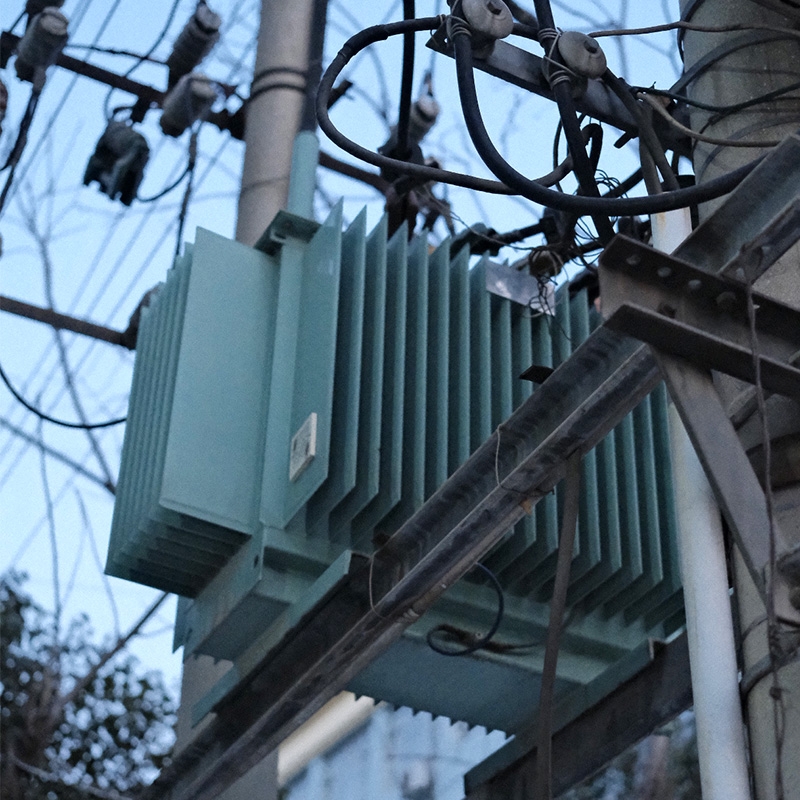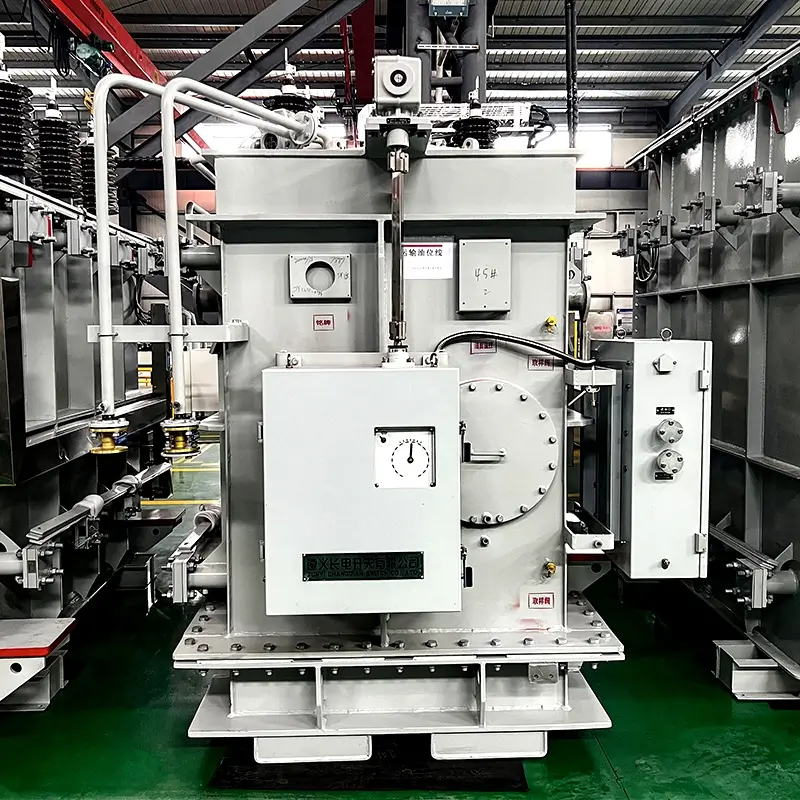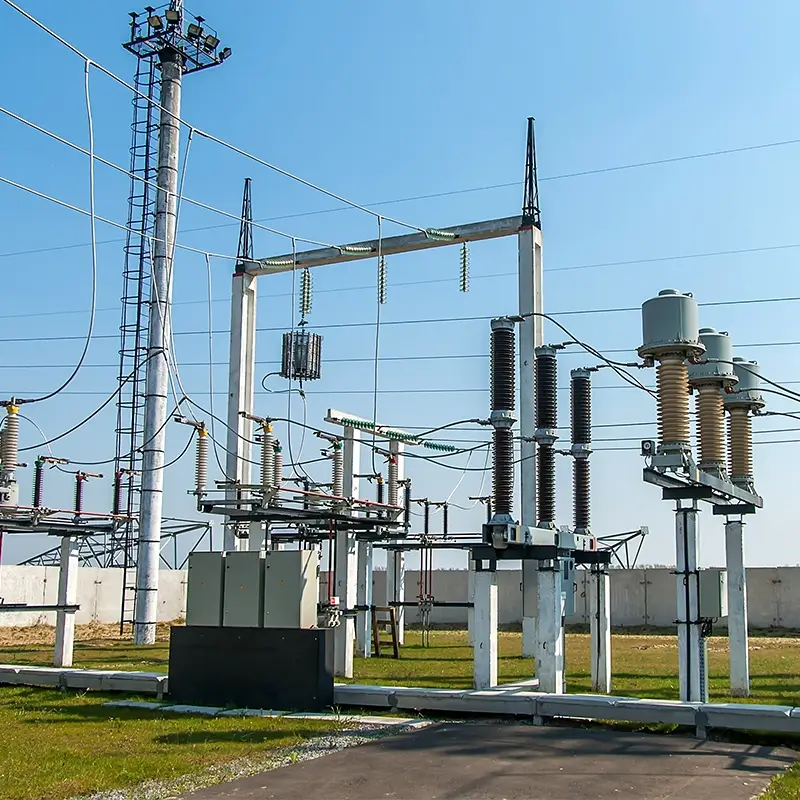What is the effect of a gap in the transformer stack?
In the manufacturing process of the transformer, there will be a certain gap between the core laminates. Although these gaps are difficult to detect with the naked eye, they have an important impact on the performance of the transformer.
Influence magnetic flux density: The working principle of the transformer is based on the principle of electromagnetic induction, that is, the electromotive force is generated in the winding through the changing magnetic field. The gap between the core laminates will cause the distribution of magnetic flux density to be uneven, which will affect the change of magnetic field. When the magnetic flux density is too high, it may lead to magnetic saturation and reduce the output voltage of the transformer. When the magnetic flux density is too low, it may not meet the working requirements of the equipment.
Influence loss: The transformer will produce loss during operation, mainly including copper loss and iron loss. Copper loss is due to the heat loss caused by the current flowing through the winding, while iron loss is due to the loss in the core caused by changes in the magnetic field. Gaps between core laminates increase iron losses because the magnetic flux density at the gap is higher, resulting in more hysteresis losses and eddy current losses. This will reduce the efficiency of the transformer, increase the operating temperature, and even affect the life of the equipment.
Influence noise: The transformer will produce a certain amount of noise during operation, mainly due to air vibration caused by magnetic field changes. The gap between the core laminates will make the magnetic field change more violently, thus increasing the generation of noise. This will not only affect the surrounding environment, but also may interfere with the normal operation of the device.




